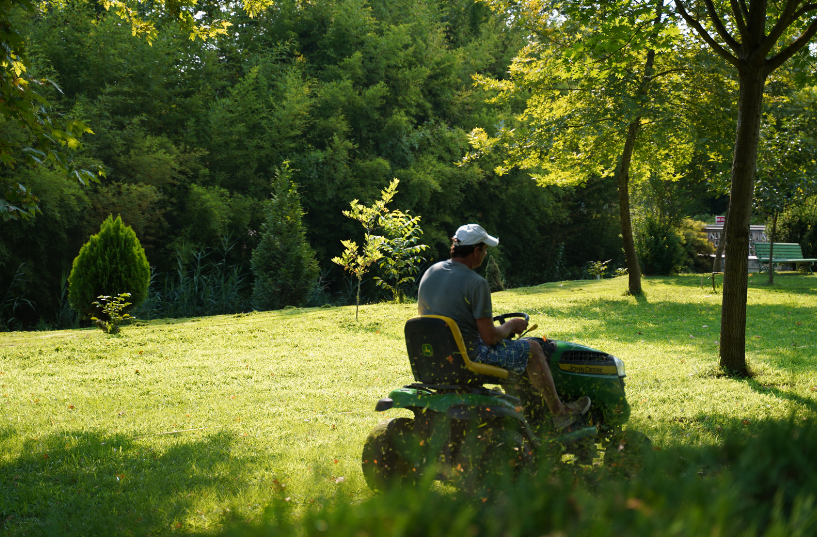How Can I Add Winter Color to My Landscape?
Snow can be beautiful. Dormant tree trunks and branches, however, aren’t always the nicest things to look at in the winter. Since most plants go dormant or die during the winter, you might think that your landscape has no choice but to be brown and boring when it is cold outside. Fortunately that is not true! There are many types of plants you can add to your landscape that will give it color and contrast even during the coldest part of the year.
Holly bushes are often associated with Christmas (and their berries are replicated in many seasonal decorations). Not only are their leaves evergreen, but they produce red or gold berries just about the time that most other plants have lost all of their leaves. Just be sure to plant at least two holly bushes if you want berries - you will need both a male and a female plant for pollination to occur.
Red or yellow twig dogwood shrubs will lose their leaves in the winter, but that doesn’t mean they lose their color! Their branches themselves are brightly colored, giving your landscape both color and texture (they look especially stunning when the ground is covered in snow!). They are also very cold hardy, so you don’t have to worry about them on even the coldest winter nights.
Small or dwarf variety evergreen trees are another great addition to a year-round
landscape. Olive trees don’t flower until the spring, but their silvery leaves last all winter, and even their trunks are interesting to admire. Japanese hollies are great for small spaces - their branches grow straight up, so the trees never get more than about two feet wide. Blue arrow junipers grow in a similar way, but they produce their berries in early winter for an extra splash of color.
Many varieties of flowers bloom during the winter. Lenten roses are a cold hardy species that bring shades of pink, red, and white to your winter garden. Camellias are evergreen perennials that can grow into small shrubs if left in your flower beds all year, and they bloom in a variety of colors throughout the winter. For one last burst of color just before spring arrives, you can plant snowdrops in the fall. These perennials produce small white and green flowers and will die back and regrow year after year with minimal care.
If you are looking for something out of the ordinary, try planting a bed of ornamental cabbage or kale. Their colorful leaves cannot be eaten, but they can bring both color and a unique texture to even the smallest spaces. Be sure to plant these annuals after the heat of summer has passed - they prefer cool nights and tolerate even the coldest winters well.
These are just a few of the plants that flower and bring color to a winter landscape. If you can’t decide which to choose or are interested in examining even more options, don’t hesitate to call us!
You might also like



